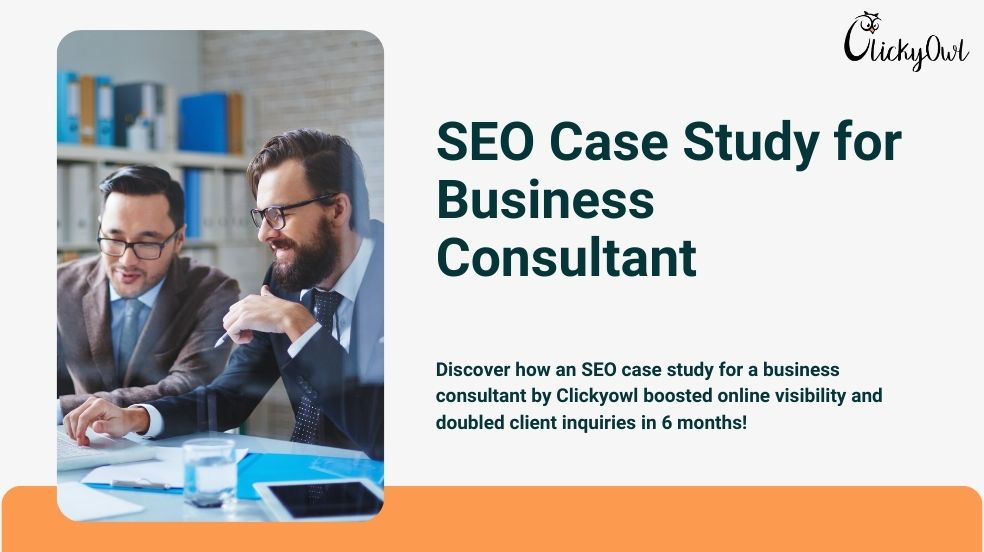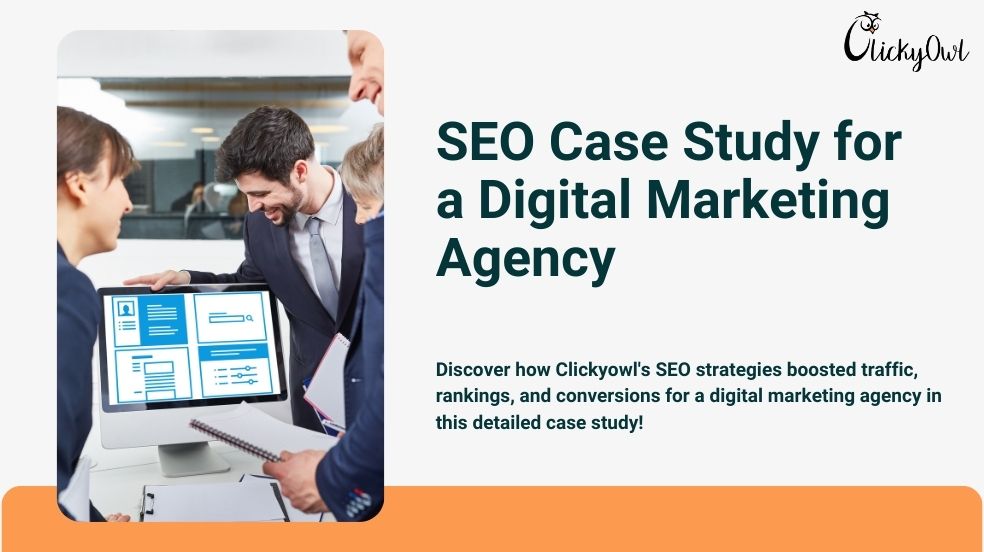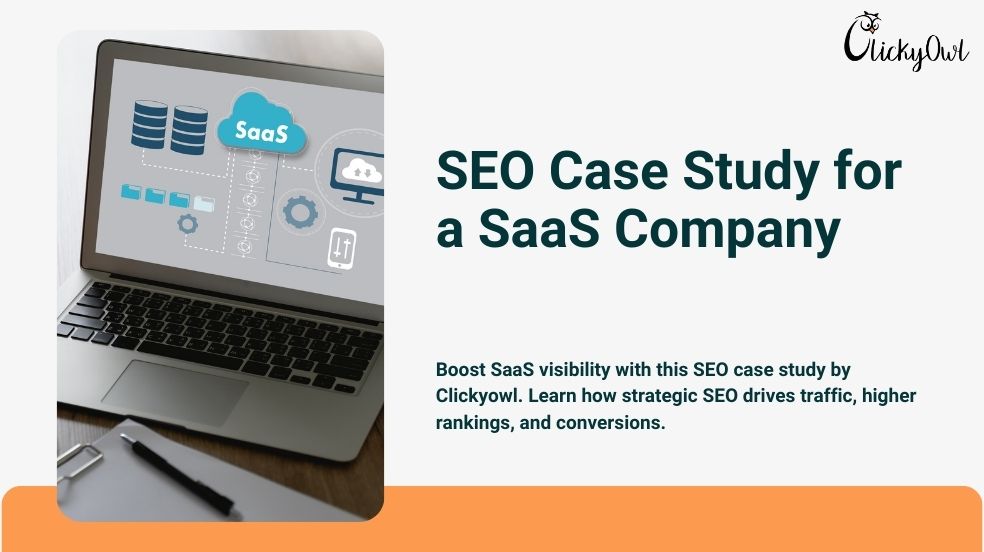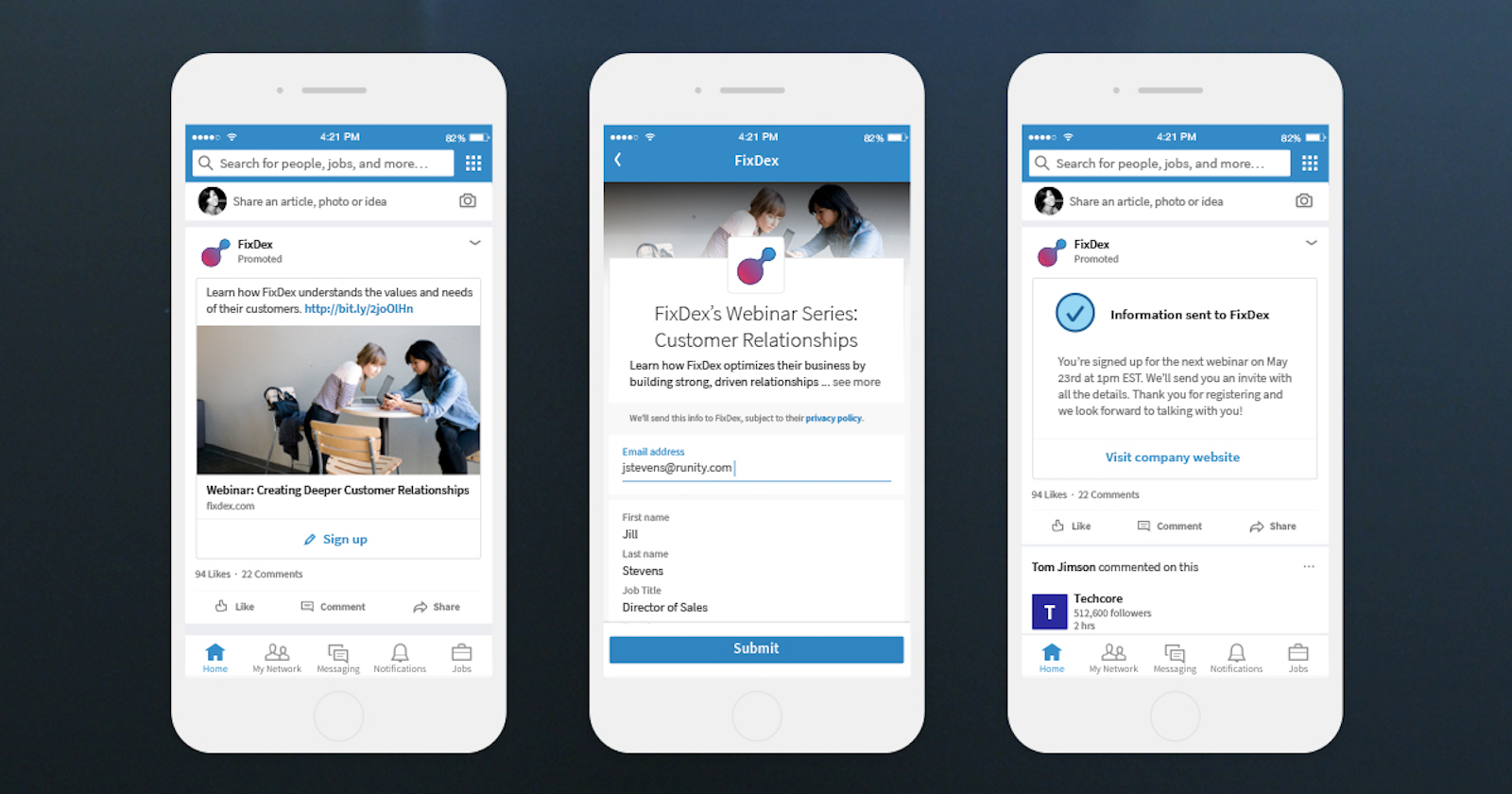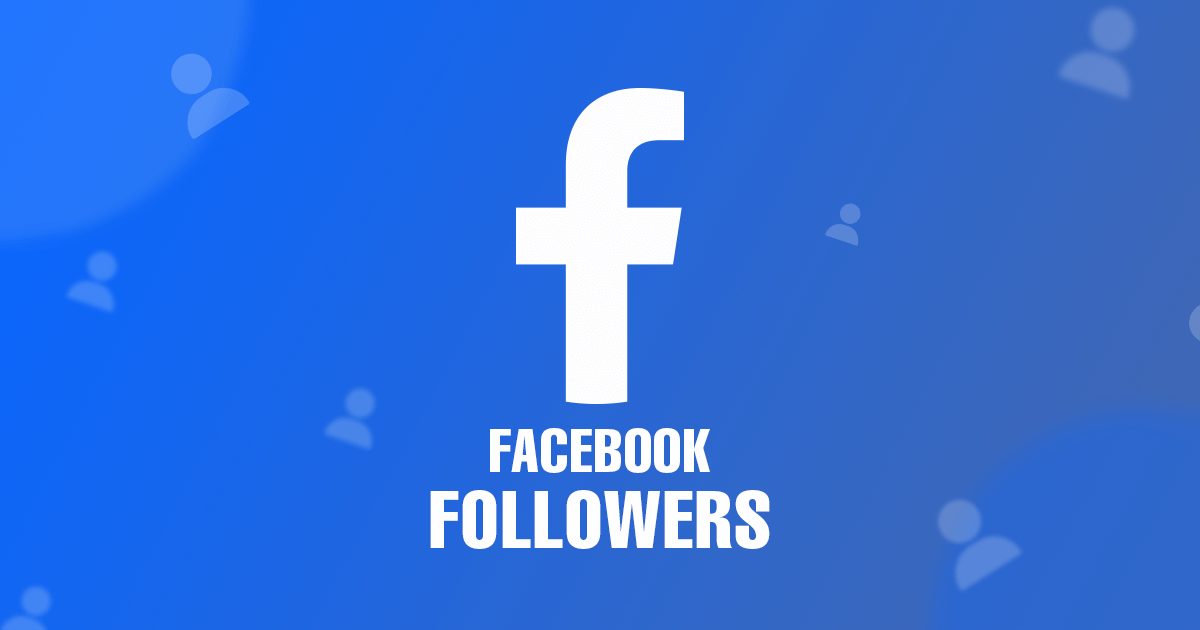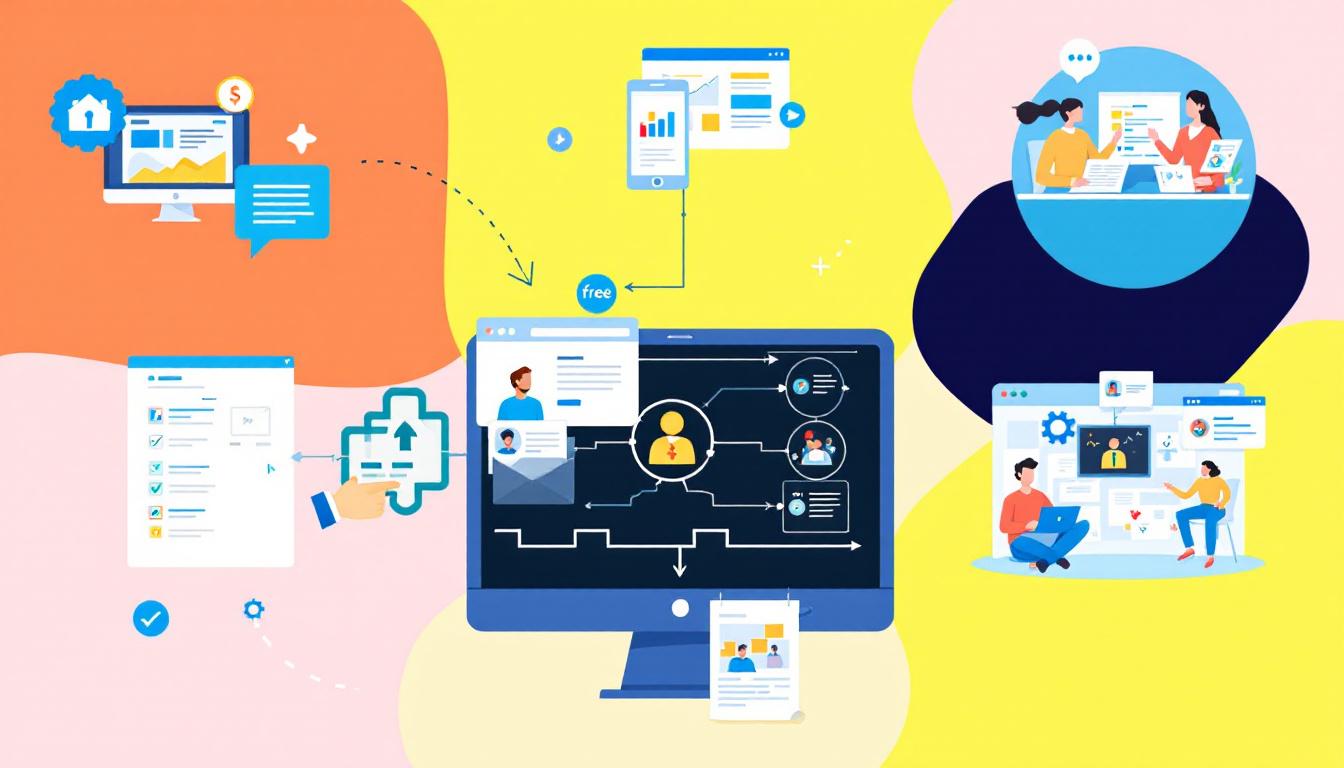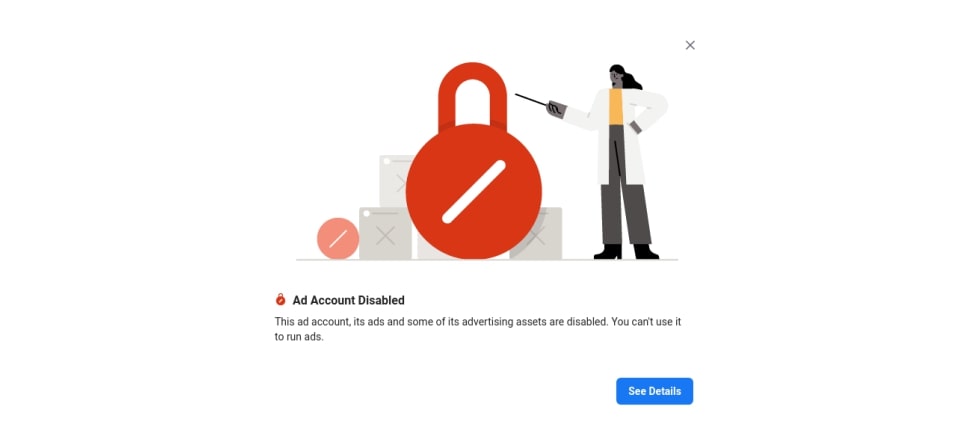In today’s digital era, building a robust Facebook presence isn’t just an option for small businesses—it’s a must. Imagine having a bustling Facebook business page where followers aren’t just numbers, they’re potential customers eager to engage. But how do you skyrocket your followers without spending a fortune on ads or resorting to shady tactics? Here’s the secret sauce: smart strategies that speak directly to your audience, making them want to hit that “follow” button.
From redefining your social media marketing goals to refining content that resonates, growing your Facebook followers authentically involves crafting a plan that mirrors your brand’s voice and meets your community’s needs. Start by engaging with your audience through genuine interactions and delivering content that adds real value. Uncover practical insights and tips to make your business page not just popular, but a follower magnet.
Understanding Your Target Audience

Before you start ramping up those Facebook followers, let’s talk about knowing who you want to follow you in the first place. It’s like aiming at a target but with your eyes wide open. This part isn’t just nice to have; it’s crucial for success. Understanding your target audience means you can speak their language, share what they love, and keep them hooked to your page.
Defining Your Ideal Follower
Imagine your ideal follower. Are they tech-savvy Millennials? Driven entrepreneurs? Or maybe they’re fashion-forward creatives? Knowing the demographics is key and, oh boy, demographics aren’t just about age and gender—they include location, interests, and even spending habits! This isn’t astrology; it’s actionable insight.
Here’s what you need to look at:
- Age group: What age brackets should your content cater to?
- Location: Are you focusing locally or branching out?
- Interests: What hobbies or lifestyle choices do they have?
Try creating a detailed customer persona. These imaginary people can make real connections possible. Need more help on crafting personas? Check out this handy guide.
Utilizing Facebook Insights
Got who you’re aiming for? Great! Now let’s dive into where they hang out—on your page! Facebook Insights is your behind-the-scenes assistant. It’s like your secret decoder ring for understanding who’s currently following you and who’s just hovering around.
Getting Started with Facebook Insights:
- Head to your Facebook Page
- Tap on the “Insights” tab on top
- Dive into audience metrics
Discover what works and stick with it. What time are they most active? What kind of posts do they love? Use this data to tweak and transform your content strategy.
For anyone needing a crash course, SproutSocial offers a slick rundown on social media target audiences. And yes, the savvy entrepreneurs amongst you might also appreciate insights on SEO optimization, seeing as they play in the same virtual field.
Crafting Compelling Content to Boost Facebook Followers

Crafting content that’s as irresistible as your morning coffee might just be your ticket to skyrocketing your Facebook followers. It’s not just about posting regularly; it’s about crafting memorable experiences that make users hit the “follow” button faster than you can say social media! So let’s unravel the secrets to creating buzz-worthy content.
Creating Eye-Catching Visuals
Visual content isn’t just the cherry on top; it’s the whole darn dessert! Photos and videos grab attention quicker than text alone ever could. Think about it: a post with eye-catching visuals is like that vibrant storefront that makes you want to walk in. Research indicates that visual posts on Facebook can boost engagement incredibly.
Here’s why visuals matter:
- They grab attention. Users scrolling through feeds are more likely to pause at vibrant images or dynamic videos.
- They tell your story faster. Imagery digs its heels in deeper and communicates your message effortlessly—something valuable for impatient browsers.
- They drive more interaction. Like, comment, share; they’re more likely to put those buttons to good use.
Consider creating a gallery of behind-the-scenes pictures or releasing teaser trailers for new products. For a deep dive into social media visual strategies, take a look at the Impact of Visual Content.
Telling Your Brand Story
In a world cluttered with content, storytelling is what sets you apart. Telling the story of your brand isn’t just charming; it’s what forges that emotional connection with your audience. Craft posts that paint a picture of who you are, blending everyday narratives with brand milestones.
Why is storytelling your secret weapon?
- It humanizes your brand. Sharing authentically endears followers to your brand like old friends who’ve never even met.
- It evokes emotion. Whether it’s joy, surprise, or nostalgia, the right story makes your audience feel—key to inspiring action.
- It’s memorable. A captivating story sticks around long after the fingers stop scrolling.
Put on the author cap and share a story about the humble beginnings of your business. For broader strategic insights, check out Faceless Digital Marketing – What Is It & How To Use It?, which tackles promoting your brand into memorable experiences without losing your personal touch.
Consistency is Key
Consistency in posting doesn’t mean bombarding users—it means being as reliable as the sunrise. Keep your presence predictable and diverse enough to engage followers continually, sustaining a fresh relevance in their feeds. Nobody appreciates a social media ghost.
Why consistency matters:
- Builds trust. Followers view regular postings as a sign of a reliable, engaged brand.
- Enhances reach. More consistent posts mean more opportunities for interactions, which, in turn, amplifies reach.
- Maintains engagement. Regularly lining up those posts keeps the conversation alive and thriving.
Try plotting your posting schedule ahead with content calendars or apps that manage posting on the go. Regular scheduling is your tool for mastering Facebook without wearing out the welcome mat.
By weaving together vibrant visuals, powerful storytelling, and consistent posting practices, you’re not just gaining followers—you’re cultivating a community eager to engage.
Leveraging Facebook Features

Facebook has a plethora of features, each waiting to be tapped into like hidden gems in an MMO game – only there to boost your business page growth, not offer armor upgrades. If your game’s all about pulling people into your empire of engaging content, it’s time to explore these treasure troves.
Using Facebook Live
Going live isn’t just for the Kardashians; it’s your business card in the digital world. Hosting Facebook Live sessions can turn casual onlookers into eager fans. Imagine a shop window where people can look in and see everything happening in real-time—except this window stretches across the globe.
Here’s why you should consider Facebook Live:
- Immediate Engagement: Seconds after hitting ‘Go Live’, watch as viewers flood your screen with comments and reactions. It’s an instant connection that can humanize your brand.
- 4x More Comments: According to experts, Livestreams pull in around four times the engagement on regular videos [source].
- Authentic Interaction: It’s raw, it’s real, and it’s all happening right now. Whether it’s a Q&A session or a product launch, never underestimate real-time comment threads.
For more insights on how to wield this tool to your advantage, check out this detailed guide.
Creating Polls and Q&A Sessions
How do you break the ice at a party? Play a game or ask a question that brings out those voices. Creating polls and running Q&A sessions can be the fiesta your page needs to amp up follower interaction. After all, if you’re only broadcasting, it isn’t a conversation; it’s a monologue.
Tips to get started with polls:
- Ask Relevant Questions to provoke thoughts and fancies.
- Offer Engaging Options that go beyond “yes” and “no”.
- Use it during Live Sessions to spike up the fun [how-to guide].
Keep things interactive and you’ll have those elusive followers talking in no time.
Utilizing Facebook Stories
Ah, Facebook Stories—the temporary miracles that keep your page looking fresher than a daisy in spring. Stories disappear in 24 hours, a slice of fleeting magic that sparks urgency among viewers. It’s like leaving tiny, ephemeral notes that scream, “Don’t miss out!”.
Why Stories?
- Timely Updates: Update quickly and often! Got new insights or a whacky office moment? Share it.
- Less Formal: These gratify the informal wants of followers feeling “in the moment”.
- Immersive Content: Short, sweet, and engaging—a splendid way to tease new offerings and tidbits [explore stories].
Try using stories for promotions, sneak-peeks, and sharing user-generated content that beams authenticity.
Incorporate these simple but effective Facebook features into your strategy but remember – engagement trumps everything else. Turn your strategy towards interaction, interest, and inclusivity, and who knows? Soon, you could be the Zuckerberg of your niche.
Want more tips on boosting productivity using social media tools? Visit our guide on Canva tips.
Engaging with Your Community

Interacting genuinely with your community can transform a sterile Facebook page into a lively, thriving hotspot for engagement. It’s more than just gaining followers; it’s about creating meaningful relationships that cultivate loyalty and trust. Let’s dive into some ways to nourish and grow your Facebook community effectively.
Responding to Comments and Messages
Responding to comments and messages is crucial in maintaining a connection with your followers. It’s like being the cool party host who never leaves a guest standing awkwardly alone. When you reply promptly, it shows your audience that you value their input—a recipe for increased trust and engagement.
- Prioritize Promptness: Timing is everything. The quicker you respond, the more likely you’ll keep the interaction engaging.
- Be Personable: Ditch the robot responses. Use the commenter’s name and add a dash of personality to your replies.
- Handle Negativity with Grace: Every thumb can toss dirt. Address criticisms constructively and transform complaints into commendations.
Engagement can sometimes be fast-paced, but for small business owners especially, developing a robust community interaction strategy could lead to stronger follower foundations. For detailed insights on building community interactions, explore these strategies.
Joining Relevant Groups
Think of relevant Facebook groups like bustling meeting rooms full of potential collaborators, partners, or customers. By actively participating in these groups, you not only rub elbows with key industry players but also strengthen your own community.
Here’s how diving into groups can expand your influence:
- Find Your Tribe: Look for groups that align with your business’s mission and values. Engraving oneself thoughtfully into niche communities pays dividends during engagement drives.
- Sharing is Caring: Providing valuable insights in discussions can position you as an authority figure—a follow-magnet for curious minds.
- Network Wisely: Engage with group members, offer expert advice, or simply cheerlead other people’s successes. Be the reliable feature everyone wants in their suitcase.
Groups foster connections that resonate beyond business, tapping into the benefits of community building.
Invite your Facebook followers into conversations, build a community grounded in positivity and mutual support, and see how your follower numbers, like your reputation, begin to grow. These steps ensure your small-business-following strategy remains both authentic and effective.
For more information on fastening your online marketing hat effectively, don’t shy away from our about us resource for tips and ideas tailored to amplify small business value.
Promotional Strategies for Boosting Facebook Followers
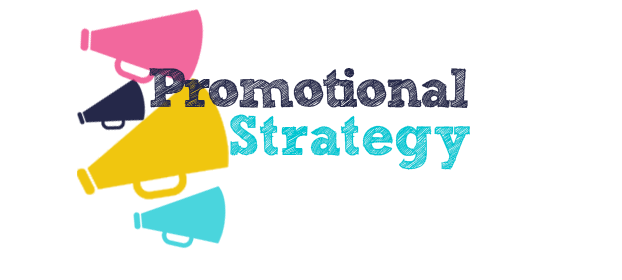
Discovering the right promotional strategy can feel like hunting for the perfect coffee blend: challenging yet deliciously worth it! For any small business aiming to increase its Facebook followers, employing creative and strategic promotional strategies is key. Let’s explore two highly effective approaches that can pave the way for a booming follower count.
Running Contests and Giveaways
Running contests and giveaways is like throwing a party your customers can’t resist attending. A buzz of anticipation surrounds the event—who doesn’t love the thrill of possibility? By organizing a compelling contest, you trigger curiosity and excitement, drawing potential followers towards your business page like bees to honey.
Here’s how you can effectively run a successful contest:
- Set Clear Objectives: Decide what you want to achieve. Is it heightened engagement, brand awareness, or follower growth?
- Enticing Prizes: Offer rewards that are ideally linked to your brand, ensuring relevance and interest.
- Simple Participation Rules: To encourage maximum involvement, make entry straightforward. Actions like liking, sharing, or tagging a friend should suffice.
- Promotion: Ensure the word gets out through Facebook ads, your website, or by collaborating with other businesses.
Running an engaging contest can convert casual browsers into avid followers. Platforms like ClickyOwl’s strategies for digital marketing can provide inspiration for creativity and execution.
Collaborating with Influencers
Teaming up with influencers can extend your reach significantly—imagine borrowing someone else’s megaphone to broadcast your brand! Influencers already have the audience you’re reaching for; they’re trusted voices in their community, and spreading your message through them can be thrillingly impactful.
Here’s why influencer collaborations matter:
- Wider Reach: Influencers have dedicated followings already tuned in. Leveraging their audience means tapping into a new group of potential followers.
- Credibility & Trust: Followers perceive recommendations from influencers hardly like spam–more like trusted endorsements.
- Targeted Engagement: By aligning with influencers who share your brand’s ethos, you tailor your reach effectively to desired demographics.
Finding the right influencer involves some sleuthing—look into those whose brand’s alte values and content resonate with yours. The harmony can transform influencer partnerships into credible, genuine strategies. For more on holistic marketing practices and collaborations, delve into various notable tips.
In the quest to escalate your Facebook follower count, promotional strategies such as running contests and influencer partnerships are tools in creating meaningful connections. In this thriving digital space, these strategies could serve as vessels navigating you towards well-deserved attention and engaging follower growth.
Advertising on Facebook

When you’re looking to step up your game and boost your Facebook followers without breaking the bank, Facebook advertising offers a great solution. More than just numbers, it turns followers into long-term fans. Instagram’s snappier cousin, Facebook, lets you hone in on a specific audience, making even rookies feel like Tony Stark behind the controls.
Targeting Your Ads Effectively
Start by understanding exactly who you want on your follower list. Sure, Facebook casts a wide net, but why fish in the dead zone when you can tap a school of exactly what you want? Because here’s the deal: targeting is everything.
- Know Your Audience: Consider their age, location, interests, and even scroll habits. Fancy befriending insomniacs with a taste for late-night browsing? Align your ads when they’re most active.
- Use Custom Audiences: Tailor ads to those who’ve already shown an interest. Ever browsed an online store only to see those shoes haunt you elsewhere? It’s effective retargeting.
- Monitor and Revise: Regularly update your ad strategy based on real-time insights. What if your knight in shining armor was more sandals than sneakers? Adjust and re-engage.
For an in-depth guide on navigating the Facebook ads terrain, you can visit the official Facebook Business Hub, where you’ll find helpful insights about crafting impactful ads that align with your small business’s needs.
Creating Engaging Ad Content
You’ve got that perfectly targeted ad, but what’s next? It’s time to awaken your inner Spielberg and create engaging ad content that’s as hard to resist as the last slice of pizza. Here’s how to create thumb-stopper ads that make followers hit “Crash Follow” the moment they see it.
- Clear and Compelling Visuals: Great content triumphs all. Create cool graphics or videos even for your sandwiches or soap—not literally sandwiched—painting a vivid image of your brand values.
- Text That’s to the Point: Think about what you’d say if you only had ten seconds. Your ad copy should fit in a nutshell—friendly like chatting, lively like storytelling.
- Call-to-Action (CTA): Craft a CTA as sharp and enticing as a mega sales flash. Whether to buy, try, or follow, ensure what you offer is clear-cut and compelling.
For innovative ideas on crafting engaging social media campaigns, glance over ClickyOwl’s social media marketing tips, loaded with strategies to boost engagement and turn viewers into Facebook loyalists.
This isn’t your typical pickle jar moment, but with the right moves and resources, you’ll find that Facebook ads don’t just reach gazillions. They convert passing ships into engaged fleets, fortifying your community one follower at a time. For a blow-by-blow guide on starting with Facebook advertising, explore the detailed how-to guide by Hootsuite.
Analyzing and Adapting Your Strategy
To bolster your Facebook community, it’s essential to scrutinize what’s working and modify what’s not. Much like maintaining a flourishing garden, nurturing your online presence requires continuous attention, periodic assessment, and realignment. Let’s explore the key facets of analyzing and adjusting your strategies for optimal results.
Tracking Your Growth Metrics
Keeping a pulse on your growth metrics is like checking the weather before a picnic—it’s a no-brainer. Successful businesses know exactly what to measure to fuel their Facebook growth engine.
Here are some key metrics to monitor:
- Follower Count: The obvious metric—but look closer. Keep an eye on the growth rate. Are your followers snowballing, or are they trickling in like latecomers to a rock concert?
- Engagement Metrics: Dig into likes, comments, shares, and post reach. Not all acts light up the stage in the same way, right?
- Referral Traffic: See where your audience is coming from. Is your effort in community groups like throwing confetti in a void, or is there real movement?
- Conversion Rates: If you’re running ads or linking to products, keep an eye on how social interactions convert into actions. Are browsers turning into buyers? If not, maybe your CTA is whispering rather than shouting.
Analyze these metrics regularly. For instance, if you notice that your post reach is sky-high but likes are low, it’s time to fine-tune your social media strategy. Move quickly, like chess pieces on a rapidly changing board.
Adapting Based on Feedback
When it comes to feedback, think of it as your strategy’s homing signal. There’s a reason pilots listen to air traffic control while on autopilot, and the same goes for social media navigation.
Here’s how feedback can inform your strategy:
- Customer Comments: Treat them like gold. Although sometimes they’re lyrical like rock ballads or spicy like hot sauce, they all grow part of your understanding of user sentiment.
- Direct Messages: These razors edge messages go off the record. Listen, reply, and adapt. Are people asking about widgets not yet in your catalog?
- Polls & Surveys: Proactively seek out responses—like a bard fishing for crowd claps, learn what entertains.
- Content Performance Analysis: Review past performances. What posts ignite passion? Stir imagination? Which sputtered out like yesterday’s news?
Regular analysis ensures your page grows not just numerically but thrives as a vibrant character-filled jukebox, full of user-supported chart-toppers. Check out this guide on strategic adaptability for a comprehensive look at evolving in step with audience needs.
Keeping a constant loop of evaluation and recalibration will transform your business page from a humble band setup into a roaring symphony that resonates with every facet of your followers. If you’d like to deepen your understanding, adapt an AdaBoost strategy for greater success.
Conclusion
Embracing these savvy strategies will transform your Facebook followers from mere numbers into a dynamic community that adds real value to your business. Re-engage your followers with smart content tactics, leveraging Facebook’s toolkit to spark genuine interactions.
Utilize eye-catching visuals and brilliant storytelling on your page, keeping your audience hooked. Engage with your community by actively responding to comments and striving to create meaningful relationships.
Enhance your reach by experimenting with promotional strategies like contests and collaborations with influencers. These can significantly boost your follower count without draining your budget.
Stay dynamic and keenly observe what works for your audience, but don’t forget to adapt your approach based on feedback.
To unlock valuable insights and elevate your marketing efforts even further, explore our guide on performance marketing. Your journey in growing Facebook followers strategically will not only bolster your page’s presence but also nurture a loyal audience primed to support your brand’s ventures.
Whether you’re a solo entrepreneur or a small business owner, remember, the secret sauce is in ongoing engagement and adapting to continuous feedback. Keep your strategies fresh, involve your audience, and watch your community grow!

